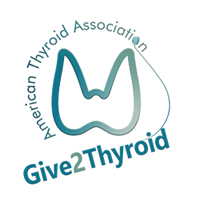SUMMARY OF THE STUDY
In this Korean retrospective study 126 patients with 127 PTMC who did not have thyroid cancer surgery were followed over time with serial serum TSH measurements and ultrasonography. Patients were divided into three groups based on their TSH level. Lowest TSH group had average TSH of 1.05 mU/L (0.75- 1.33), middle TSH group 2.08 mU/L (1.62-2.38) and highest TSH group 3.11 mU/L (2.4-3.95). Patients on thyroid hormone were not included in the study. During average of 26 months of follow-up about 20% of patients had tumor growth defined as greater than 50% increase of volume compared to baseline. There was significant difference in tumor growth between patients with the lowest TSH and the highest TSH. The cutoff point for the TSH level for PTMC growth was 2.5 mU/L. Continuous elevation of TSH during PTMC active surveillance was associated with tumor growth.
WHAT ARE THE IMPLICATIONS OF THIS STUDY?
This is the first study describing association between serum TSH levels and tumor growth in patients with PTMC. Higher levels of TSH were associated with cancer growth. TSH levels should be monitored closely in patients who elect to proceed with active surveillance. Patients with PTMC and TSH above 2.5 mU/L may be considered for thyroid suppression therapy. Prospective studies are needed to evaluate the association between TSH levels and tumor growth rates.
— Valentina D. Tarasova, M.D.




